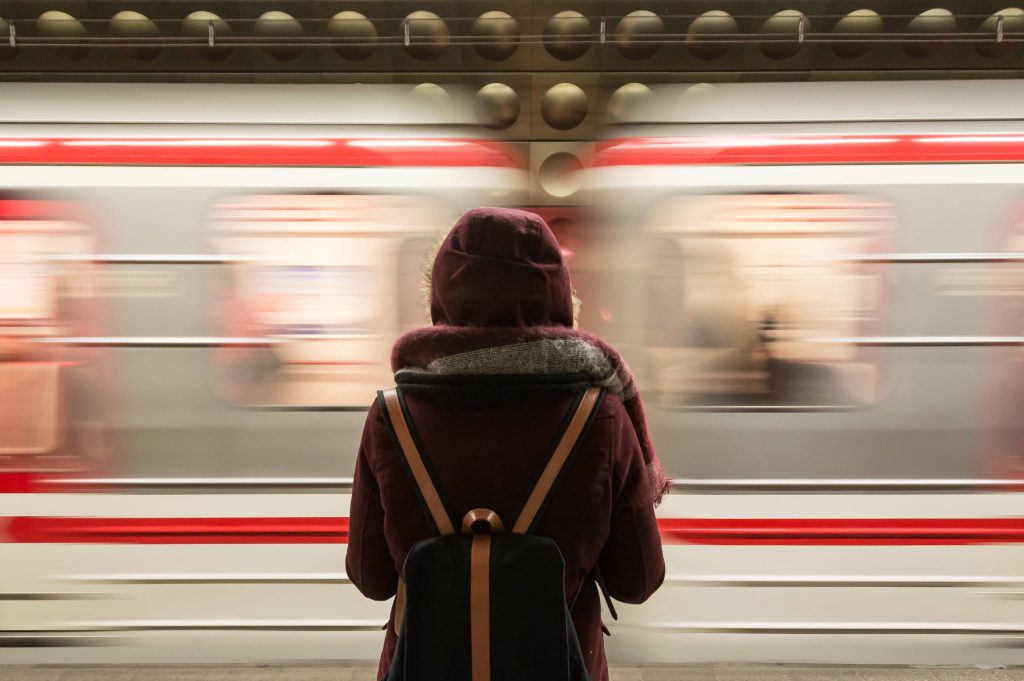
The World’s Best Public Transport Systems
If you’re traveling to a new place and want to explore everything it has to offer, you’ll want to be able to get around quickly, efficiently and safely. Below are the places which have been deemed to have some of the best public transport systems in the world, with affordable buses, punctual trains and easy-to-navigate metros.
Singapore
A recent report showed that Singapore had the highest passenger satisfaction rate in the world, with 86% of people happy with the public transport in the city. Not only is it one of the most affordable transit systems, but the city uses state-of-the-art electronic services, like trip planning, ticket buying and a contactless smart money card that links to an app.
Singapore has a comprehensive over-ground and under-ground rail system, as well as a bus system with over 365 scheduled services and air-conditioned buses. The MRT (Mass Rapid Transport) is the quickest way to get around the city and most popular attractions are close to an MRT station.
Tokyo, Japan
Tokyo has a reputation for efficient and punctual public transport, and for good reason. The over-ground train and under-ground subway are the more popular modes of public transport around the city. Rush hour can see the trains tightly packed with passengers, but the trains are quiet, clean and well maintained.
The public rail in Tokyo spans a huge 193 miles and can be hugely convenient if you need to go a long distance in a short period of time. The various lines and complex stations can be overwhelming at first. But they make sense once you understand which platform you need to be on and which exit you need to use.
Hong Kong
The public transport system in Hong Kong consists of the MTR (mass transit railway), buses, and a tramway on Hong Kong Island. The Octopus card is a rechargeable contactless smart card which can be used on most public transport systems in Hong Kong (and can also be used to pay for goods in some shops!).
Hong Kong’s historic trams were recently awarded the Guinness World Record for the largest double-decker tram fleet in service. No matter how far you travel on the tram, you will just be charged one flat fare. The MTR covers all the major districts across Hong Kong and is a quick and efficient method of transport.
Madrid, Spain
The public transport system in Madrid is extensive, with 13 metro lines, 170 bus lines, three tram lines and ten train lines connecting to the suburbs. It’s thought to be the best public transport system in Europe but is also relatively cheap to use. Tickets can be used for both the bus and metro interchangeably, and tourists can buy passes for unlimited use over a period of one to seven days.
Madrid public transport is efficient, safe and clean and users find that most lines can get them to their destination relatively quickly. All the lines and transport are air conditioned, and you’ll find most stations are modern and well maintained.
Berlin, Germany
Berlin public transport is affordable, easy to use and vast. The city is covered by the S-Bahn over-ground and U-Bahn under-ground rail systems, a modern tramway and many bus routes. A ticket can usually be used across all the transport systems and is used on an “honour system”. There are no ticket turnstiles at train stations, but plain-clothed ticket attendants patrol the lines. Travellers will be fined €60 on the spot if they don’t have a valid, stamped ticket for their journey.
It was recently announced that the city will be spending nearly $32 billion to develop its public transport further, with the tram and rail systems being extended and plans to make all buses electric by 2030.
New York, USA
Whilst the New York subway system does have its issues, with stories of rats in stations and delayed trains, it is the largest metro network in the world. There are 472 stations across the city, and it runs 24-hours a day, seven days a week. The subway is an affordable and environmentally friendly way of getting around the city.
There’s also a wide-ranging bus system, with many of the fleet being electric or hybrid vehicles. There’s an extensive ferry system which can get you uptown or downtown in Manhattan and across the rivers to Staten Island, Brooklyn, Queens and New Jersey.
Santiago, Chile
Santiago has one of the most advanced public transport systems in South America, with over 100 stations on the commuter railway and an air-conditioned subway. The subway doesn’t cover every neighbourhood in the city, but it does have stations near most of the popular attractions and there are plans to develop it further. The bus routes do cover the whole city and tickets can be used across both systems.
The public transport system in Santiago is safe and efficient. It has recently been overhauled to become a modern and environmentally friendly transport system. The new Transantiago website, app and free maps can help you plan your route around the city using both the metro and buses.
When you’re planning your next trip, remember to get travel insurance so you can travel safely. Expatriate Group’s TravelCare policy covers all nationalities, travelling from anywhere in the world, with single trip and multi-trip options. Get a quote for your travel insurance today.
